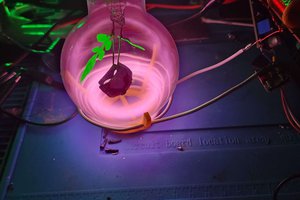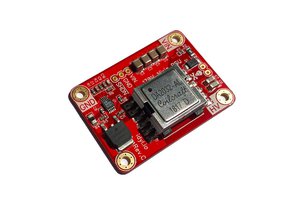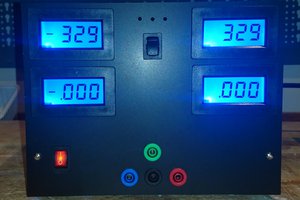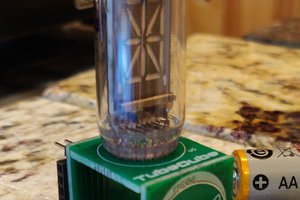You didn't expect that would work, did you? Yeah, wouldn't be reading the story here if it had! But no, the fuse didn't blow again. So a word about my setup: For testing, I'm using an old UPS as a power-source. Current limit and isolation (as long as it's unhooked from mains!) built into one. It's not perfect, for example not sinuisoidal, but it's good enough for most purposes. And I now have bunch of spare 800mA subminiature TR5 slow blow fuses (just in case you were wondering what kind of spare parts get...)
So no blown fuses, but I did get to observe that it repeatedly triggered the current limit on my 225W UPS, so I could see it was taking far more current than it should have, and I was dealing with something else than straight out dried and blown up mains condensator with no other damage.
I confess, I should have given up here, battery chargers are still a cheap lot, but having gotten this far I decided to just not give up easy and go all the way. I desoldered all the discrete components on the mains side and tested them up separately. The combined switching controller I couldn't easily test though, so it was first one to get replaced. I now have four (or five) spare TO-220 TOP223Y offline switching power IC's, but no, that wasn't it.
The photocoupler checked out, but just in case I got 10 pieces of PS2501-1 / NEC2501 DIP-4 optocouplers and replaced it. The switching circuit has a diode in it, which I couldn't identify, but it did check out (though unfortunately I forgot to record the junction voltage; the circuit isn't any of the TOP223Y switching IC application notes, but I assume the diode is pretty basic).
All the resistors were fine, none burned, and all the smaller caps were fine, even measured on an ESR meter. So, what was the problem? A shorted flyback transformer coil? A berserk microcontroller? Nah, none of those, I'd kind of forgotten of one component - because it was on the solder side of the board.
Sure enough, the DB107S / DF10S 1A 1000V SMD rectifier bridge on the solder side was bad, which was detectable even without de-soldering once I got around to remembering and suspecting about it. Took a while to arrive, but after replacement it's working good as new.
I'm posting this as a project mainly because though Googling brought up a lot of examples of people repairing the device, none seemed to suggest the rectifier bridge, and because the component list MIGHT help someone to figure out what spare parts to get. Apparently getting blown chargers off eBay and repairing them is a business for some; well at least I'd have the parts now :)
Link to a polish site with a few very high quality close-ups of the innards for verifying the specific model etc. They just have blown switch IC's and dried out caps. Many other Ansmann chargers have identical component choices, but again this discussion suggest to just replace the caps and switch IC, but I guess I'll be checking rectifier bridge on-circuit first on a blown fuse from now on.

 YSPACE Labs
YSPACE Labs
 Tony
Tony
 SUF
SUF
 hamster
hamster